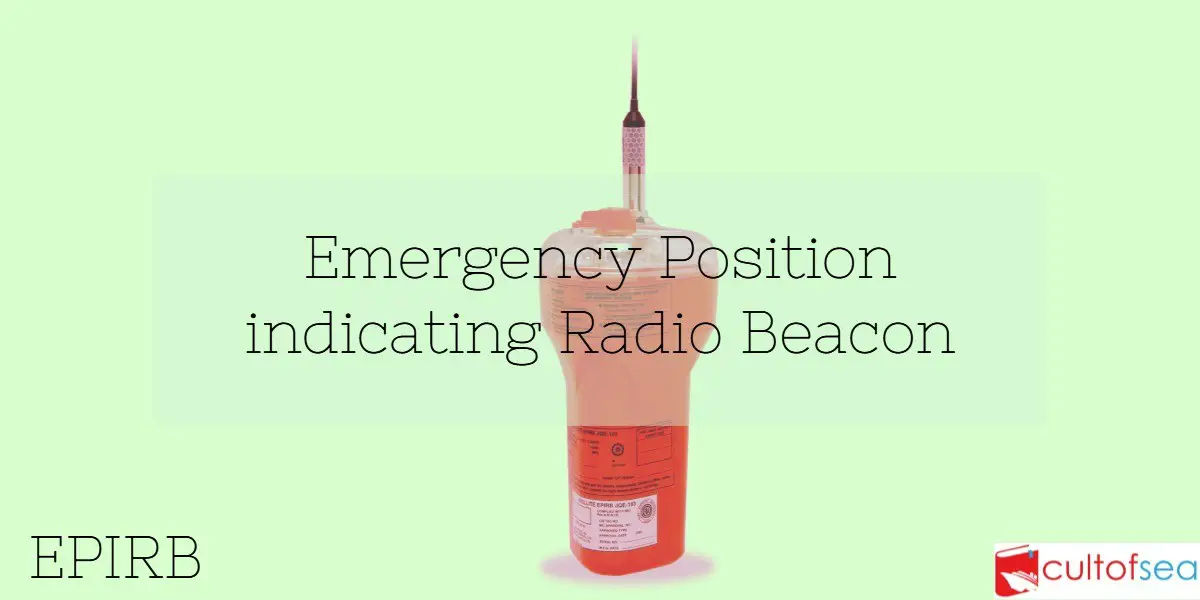An Emergency Position Indicating Radio Beacon or EPIRB is a safety device carried by a vessel to alert search and rescue services and allow them to quickly locate you in the event of an emergency. It does this by transmitting a coded message on the 406 MHz distress frequency via satellite and earth stations to the nearest rescue coordination centre.An EPIRB usually works on 406/121.5 MHZ and can be manually or automatically activated and some models are also water activated. 121.5/243 MHz EPIRBs The International Cospas-Sarsat System ceased satellite processing of 121.5/243 MHz beacons … [Read more...]
